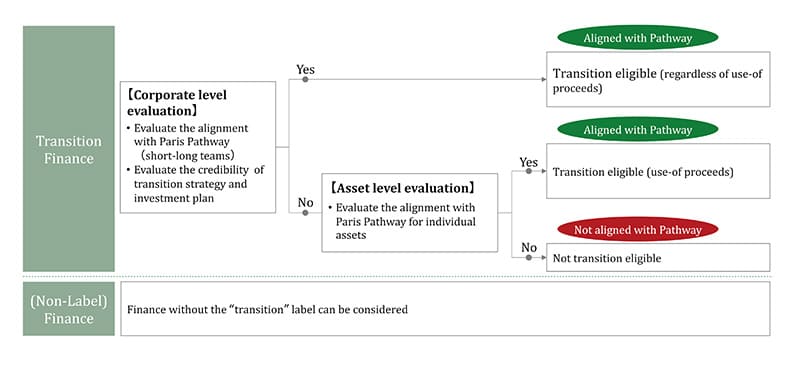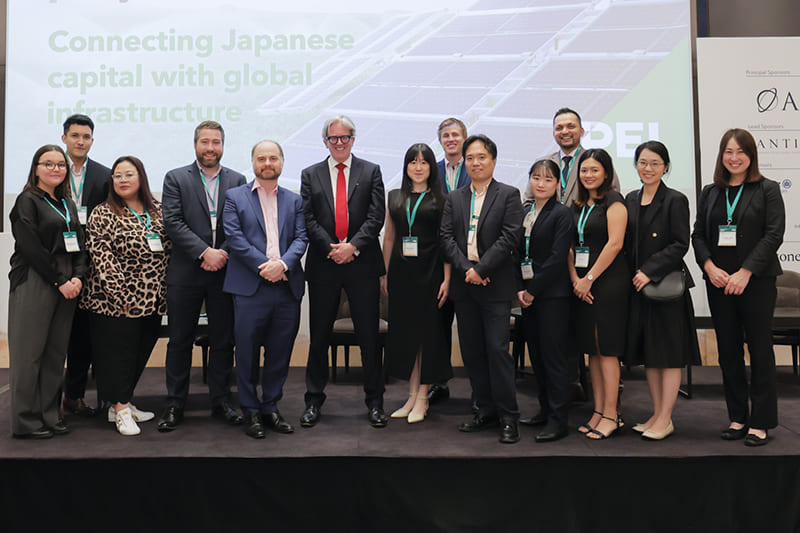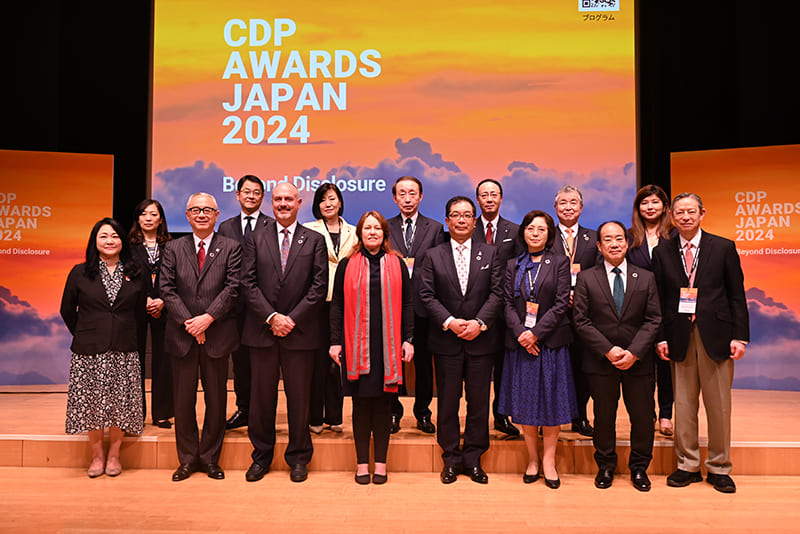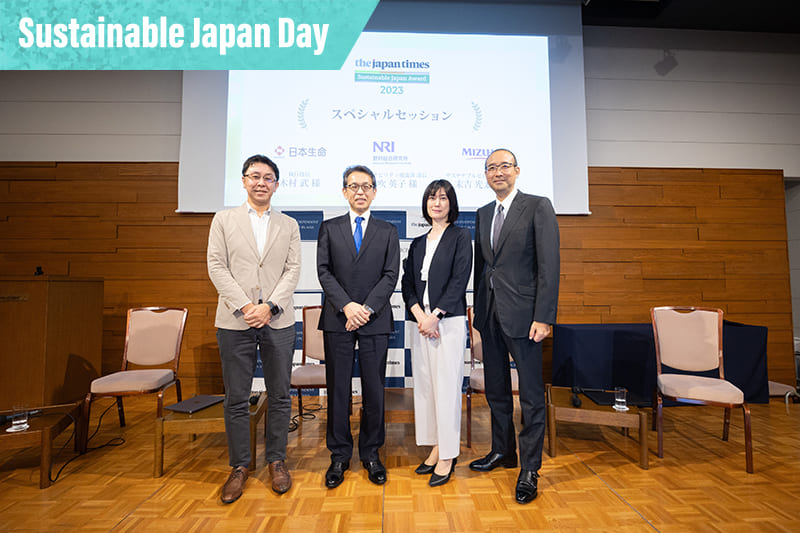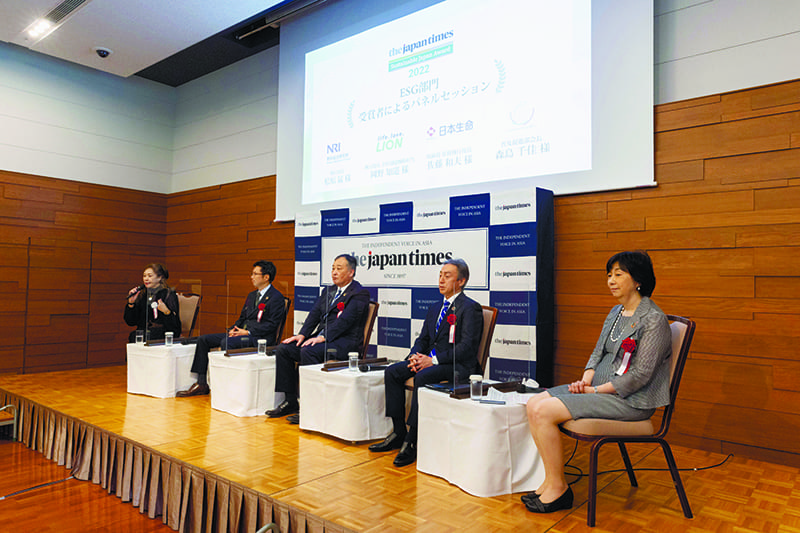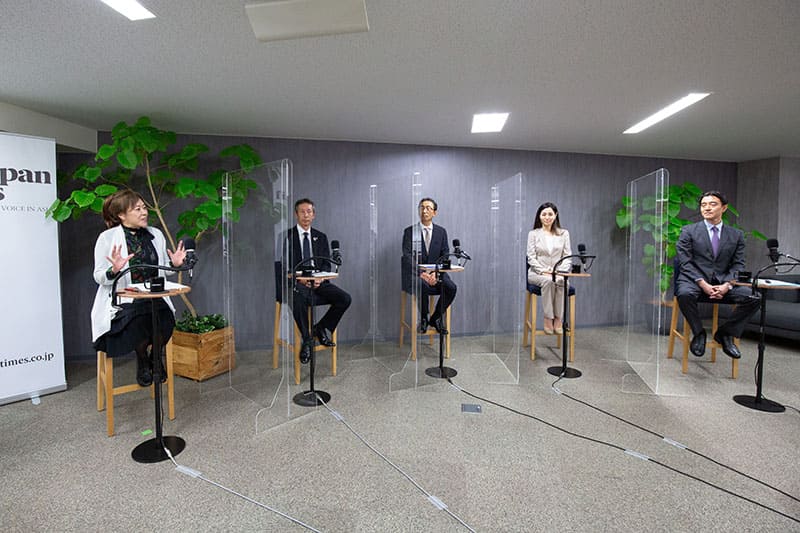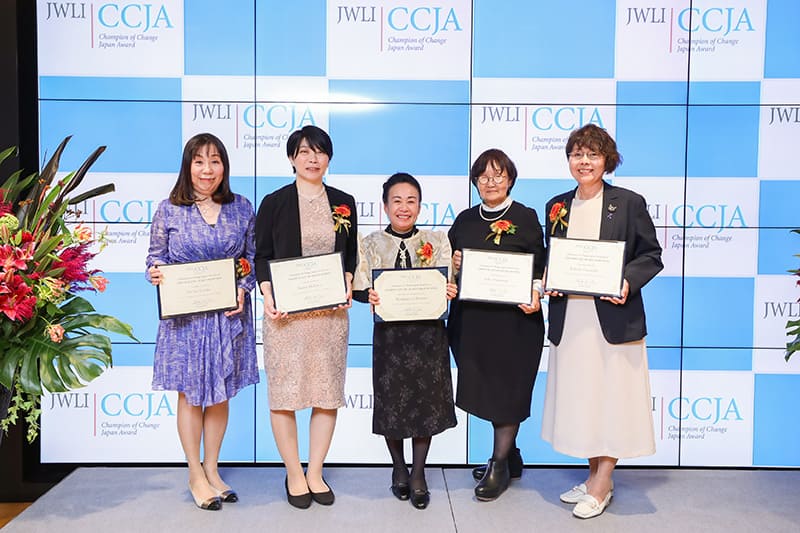November 06, 2024
Nippon Life targets firms’ tough-to-cut emissions
SPONSORED CONTENT
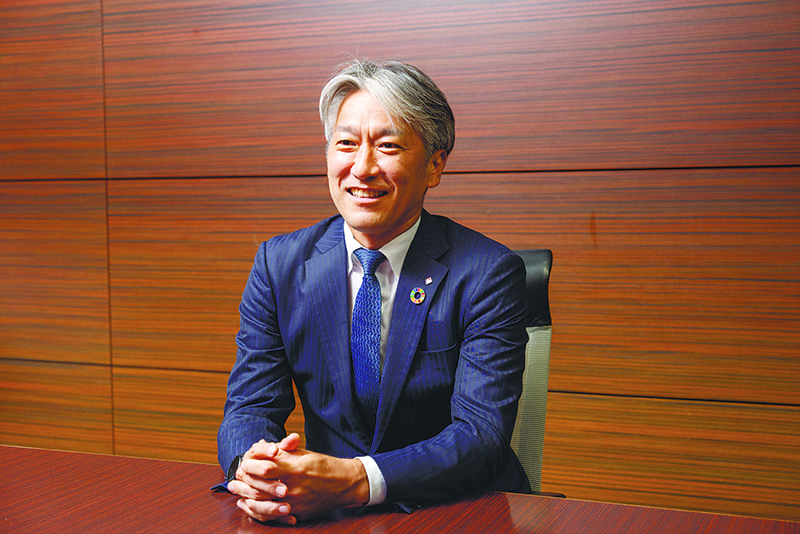
Nippon Life Insurance Co. urges large industrial emitters to help achieve the world’s carbon reduction goal in a pragmatic way, prompting them to visualize their long-term net-zero pathway through transition finance.
The country’s largest life insurer released a set of guidelines on June 11 for its transition finance regarding hard-to-abate sectors, such as steel and electric power, in which it requires companies to make plans to reduce emissions of greenhouse gases to zero by 2050 in line with the goal of the Paris Agreement, the international accord adopted in 2015 to avoid catastrophic global warming. “We want to confirm the companies’ commitment to the goal,” Yasutoshi Miyamoto, general manager of Nippon Life’s responsible investment strategy office, said in a recent interview.
Japan has struggled to accelerate the generation of renewable energy, since it has limited space for giant solar plants and its narrow, steeply sloping continental shelf makes it hard to build large offshore wind farms like those in Europe. That is why it is extremely important to help hard-to-abate industries reduce their emissions, Miyamoto said.
As of the business year to March 2024, the total amount of transition finance in the country stood at ¥800 billion ($5.5 billion), according to the government. This form of financing kicked off in 2021, when the country released its basic policy on transition finance, and the amount grew for the following three years.
But the government estimates much more potential demand. It expects that over the next decade, both the public and private sectors will need to finance more than ¥60 trillion to finance the construction of renewable energy generators, the resumption of nuclear power plants and the introduction of technologies for co-firing ammonia or hydrogen with coal. Nippon Life’s transition finance framework shows how to evaluate emitter companies’ long-term pathways to cut emissions.

There is some opposition to the use of ammonia or hydrogen among the Group of Seven industrialized nations as prolonging coal-fired power generation, which other G7 countries have pledged to shut down by 2030. Miyamoto acknowledged such criticism but said he also had received positive comments from certain financial institutions and global groups, including the nonprofit Climate Bonds Initiative, which said the framework is “a critically important contribution to investor understanding.”
Under the framework, Nippon Life evaluates each firm’s decarbonization plan in the short, medium and long terms based on Paris Agreement scenarios to keep the global temperature rise well below 2.0 degrees Celsius since the Industrial Revolution and ideally no more than 1.5 degrees. If companywide financing is not acceptable, the insurer will decide whether to extend transition finance and bonds to an individual facility such as a generator or a furnace.
